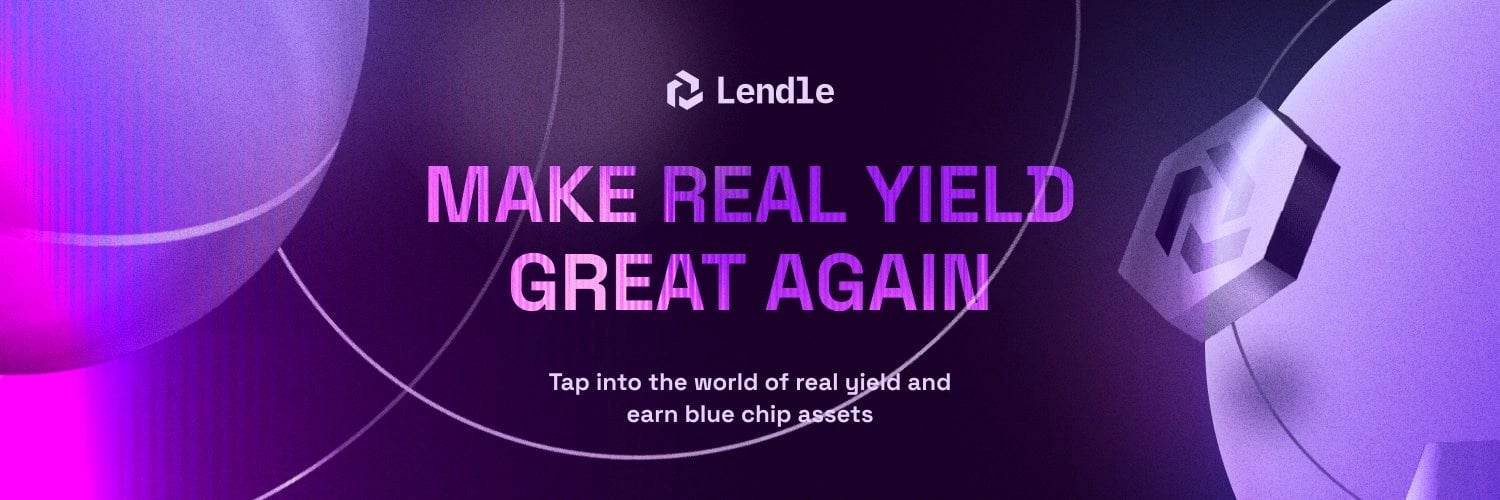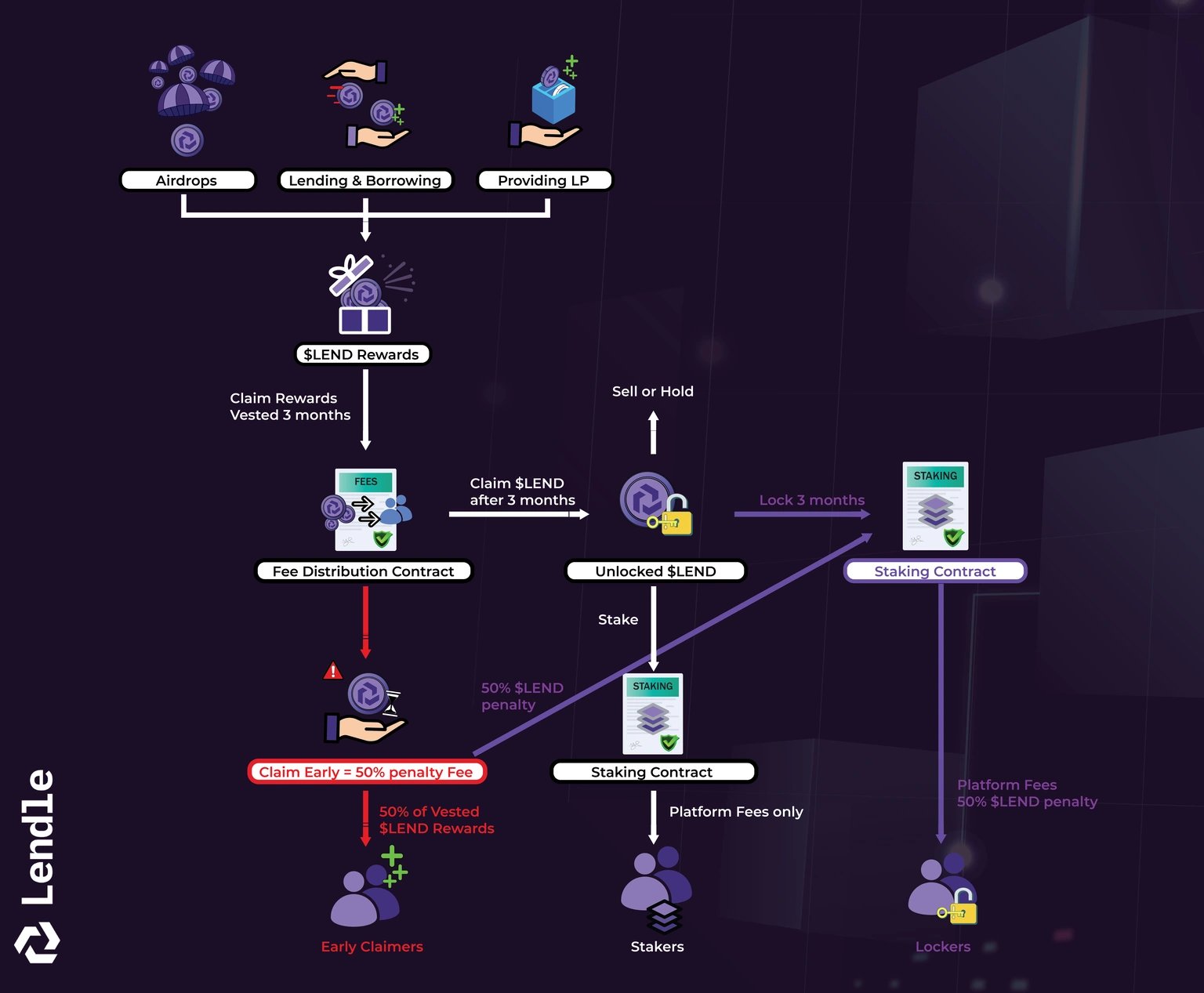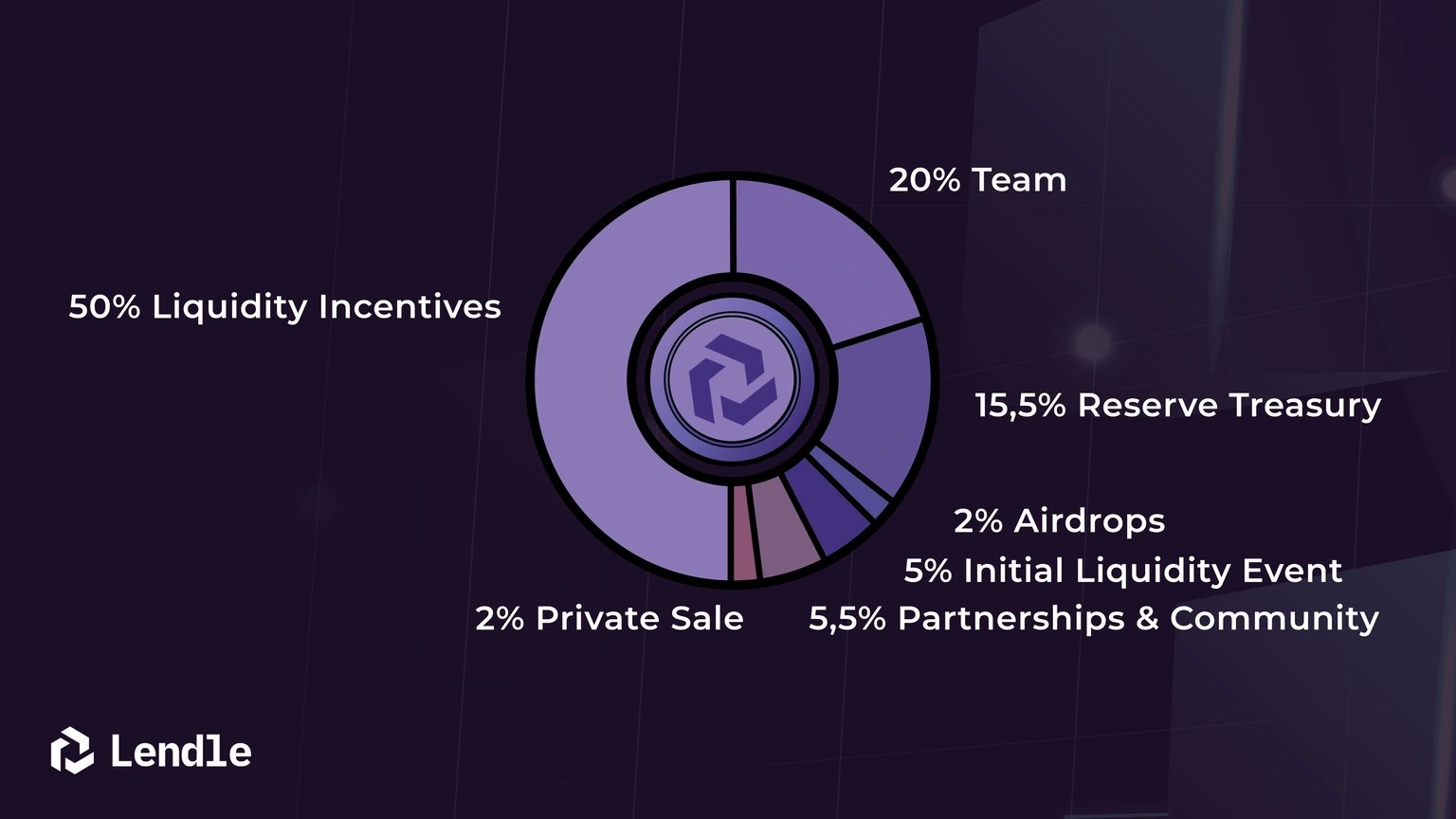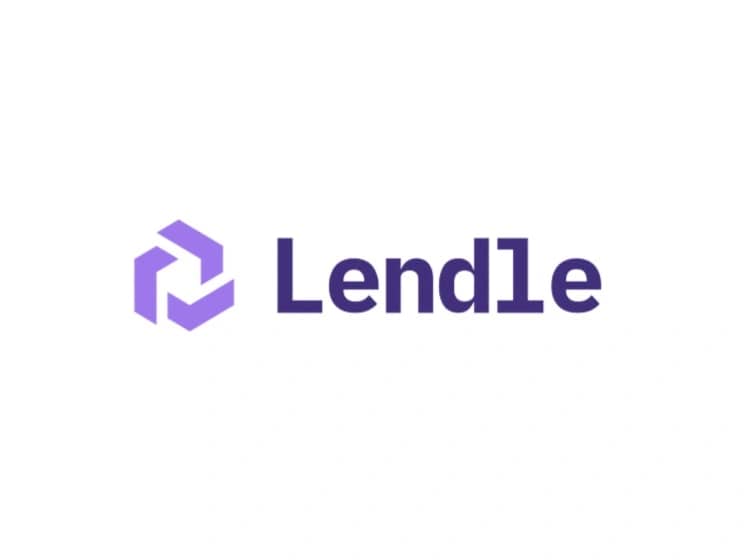Subscribe to wiki
Share wiki
Bookmark
Lendle
The Agent Tokenization Platform (ATP):Build autonomous agents with the Agent Development Kit (ADK)
Lendle
Lendle is a decentralized liquidity market operating on the Mantle Network within the decentralized finance (DeFi) sector. The platform builds on existing DeFi protocols to offer new functionalities such as utilizing excess liquidity to reduce swap fees on decentralized exchanges (DEXes), providing isolated lending opportunities for exotic tokens, and supporting undercollateralized lending. [1][2]

Overview
Lendle's integration on the Mantle Network leverages EigenDA technology to optimize transaction economics and utilizes optimistic rollups for improved scalability and transaction efficiency. Supported by the Mantle Ecosystem (formerly BitDAO), known for advancing blockchain technology, Lendle benefits from a robust foundation and a commitment to fostering innovation in DeFi. [1]
The platform prioritizes community collaboration and transparency, fostering a dynamic environment for developers. Lendle's strategic partnerships within the Mantle Network, including collaborations with projects like FusionX, aim to further enhance DeFi capabilities and ecosystem growth. [1]
Architecture
Lendle employs overcollateralization, a method used in platforms like Aave, for cryptocurrency lending. Users deposit assets as collateral and borrow funds against them, ensuring borrowed amounts are lower than collateral value to minimize risk. [3]
Borrowing limits are determined by Loan To Value (LTV) ratios based on asset volatility and liquidity. Lendle includes a liquidation mechanism triggered when a borrower's Health Factor (HF) drops below 1, allowing collateral seizure to protect lenders. [3]
Suppliers earn interest safely on their assets with Lendle, augmented by $LEND incentives. Borrowers benefit by borrowing funds efficiently against their collateral, useful for activities like shorting assets or participating in DeFi without selling holdings. [3]
This structure supports various use cases for both parties, enhancing decentralized finance transaction efficiency and flexibility. [3]
LEND Token
$LEND is the native token of Lendle, deployed on the Mantle Network with a maximum supply of 100,000,000 tokens. It is designed to complement Lendle by incentivizing the supply and borrowing of assets within the protocol’s markets. Users can acquire $LEND through public purchase or by mining it through liquidity provision.
$LEND incentivizes the supply and borrowing of assets in the Lendle markets. $LEND rewards vest over three months, during which users share in the protocol's revenue. [4]
The model encourages locking, staking, and vesting of $LEND tokens to create stable liquidity. Users who unlock their rewards before the vesting period ends incur a 50% penalty, which is redistributed to those who lock their $LEND. [4]
There are two revenue streams: $LEND incentives and platform fees. $LEND incentives are generated continuously and distributed in various ways. All distributed $LEND, including rewards and airdrops, follow a three-month vesting schedule. [4]
All protocol fees and vested $LEND tokens go to the MultiFeeDistribution Contract. Users can view their vesting tokens and unlock times through the Manage panel. [4]
Users can bypass vesting and unlock immediately, receiving 50% of the vesting amount. The other 50% is sent to the staking contract and rewarded to users who have locked their $LEND. [4]
Protocol fees, paid by borrowers, are distributed as follows:
- 50% is distributed as supply APY for the asset.
- 40% is distributed to investors with vesting $LEND, staked in the flexible staking contract, or locked in the stake-lock contract.
- 10% becomes protocol revenue: 5% to the developer wallet and 5% for revenue sharing and reserves.

Token Allocation
The $LEND token has a maximum supply of 100,000,000 and a five-year emission schedule. It is allocated as follows: [4]
- Private Sale: Pre-minted and sold to a small number of investors with a six-month linear vesting period to secure project runway.
- Initial Liquidity Event: Pre-minted and paired with proceeds from the public liquidity event.
- Partnerships and Community: Pre-minted and secured by Multisig.
- Liquidity Incentives: Distributed by MultiFeeDistributor to Lendle markets.
- Reserve Treasury: Pre-minted and secured by Multisig.
- Team: Subject to a three-month cliff, vesting over 24 months in a vesting contract.
- Airdrops: Reserved for initial and future airdrop campaigns.

Public Liquidity Event
The launch event for $LEND started at 10:00 AM UTC on Thursday, August 31, and lasted for 24 hours. The initial price was set at $0.1 per token until $300,000 was raised. After that, a reverse Dutch auction formula was used to determine the price until the hard cap of $500,000 was reached. The supply for the liquidity event was 3 million $LEND tokens, with no vesting; all tokens were made available immediately after the event. [4]
The reverse Dutch auction model was introduced to ensure fair token distribution and reduce price volatility. Initially, the token price was set at $0.1 per $LEND. Once $300,000 was raised, the price adjusted with each purchase, reflecting market demand. All participants, including whitelisted addresses, were awarded tokens at the same final price determined at the end of the auction. [4]
Revenue Sharing Model
LEND token holders benefit directly from Lendle’s revenue-sharing mechanism. Protocol revenue is distributed to $LEND stakers, who share in the earnings generated by platform activities. This structure rewards long-term participation and aligns users' incentives with the platform’s success. Additionally, users receive $LEND rewards vested over a three-month period, enhancing user commitment to the ecosystem.
Airdrops & Community Incentives
Lendle allocated 2% of the total supply for airdrops. [4]
Airdrop recipients received their $LEND vested similarly to how $LEND is earned through protocol use. They could choose to pay a 50% penalty to receive their $LEND immediately or wait three months to receive the full balance and earn a portion of the protocol revenue. [4]
Airdrops had a limited claim period. When a new airdrop was created, the total claimable $LEND was temporarily locked for that specific airdrop. Recipients had two weeks to claim their $LEND. Any unclaimed tokens after this period were released and could be redistributed in future airdrops. [4]
Staking and Locking
Investors can share in the protocol's revenue by either staking $LEND in a flexible staking contract or locking their $LEND. This provides access to income generated from early unlocks, such as penalty fees collected from users who unlock their tokens prematurely. This arrangement aims to reward those who commit to Lendle long-term rather than those engaged in flash farming. [5]
Since Lendle generates fees from tokens in its lending market, users receive their portion of the revenue in these assets. For example, when claiming rewards, users receive a mix of BTC, ETH, USDC, USDT, and MNT. [5]
Partnerships
Ethena Labs
Lendle expanded its DeFi lending platform through a partnership with Ethena Labs to integrate USDe, a unique synthetic dollar. Developed by Ethena Labs, USDe enhanced Lendle’s money markets, providing users with a stable and censorship-resistant form of money within the crypto ecosystem. [6]
Ethena Labs innovated DeFi solutions, notably with USDe, the first fully-backed, on-chain synthetic dollar. USDe's stability relied on a delta hedging mechanism that balanced its portfolio to mitigate price volatility risks of its backing assets, ensuring stability across various market conditions. [6]
For Lendle users, integrating USDe offered several benefits:
- Enhanced Stability: Users could execute financial strategies with confidence, benefiting from USDe's stability against market fluctuations.
- Diversification of Financial Portfolio: USDe integration enabled users to diversify their financial activities within Lendle’s markets, balancing investments with stable assets.
- Staking USDe for Extra Yield: Users could stake borrowed USDe on Ethena to earn additional yield, optimizing borrowed funds utility and innovating debt management in DeFi.
The implementation timeline for USDe integration on Lendle started with supply availability on May 1, 2024, and enabled borrowing after $100k worth of USDe was supplied to the market. [6]
1delta
Lendle integrated with 1delta to enhance its role in DeFi as a liquidity layer, aiming to improve platform accessibility and user experience. [7]
1delta specializes in DeFi margin trading on the Mantle Network, offering single-click functionality for leveraging long and short positions, as well as advanced yield-farming strategies like leveraged staking through its intuitive interface. [7]
The 1delta protocol aggregates liquidity from lending and exchange protocols to secure competitive rates in DeFi. Its modular design allowes third-party developers to introduce new applications and protocols, expanding the ecosystem with decentralized tools. [7]
During its beta launch on Mantle Network, 1delta integrated with partners such as FusionX and planned to add more DEXes in the future. Their route optimizer optimized exchange rates through multi-hop swaps across liquid DEXes, enhancing user trading while minimizing smart contract risks by depositing directly into Lendle’s lending protocol. [7]
See something wrong?
The Agent Tokenization Platform (ATP):Build autonomous agents with the Agent Development Kit (ADK)
